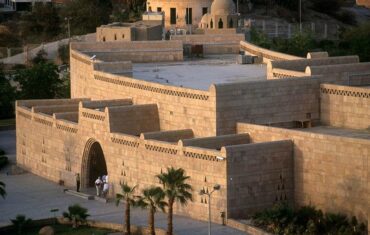That 3,500-year-old unfinished obelisk, reveals the amazing building techniques used in Ancient Egypt
Located about 2 km south of the city of Aswan, Egypt lies a giant Obelisk in its bed of pink granite. We are talking about the unfinished Obelisk of Aswan, abandoned in the place of construction probably due to a fracture that appeared during the Excavation phase.
The Obelisk, thought to have been commissioned by female pharaoh Hatshepsut during the 18th dynasty more than 3,500 years ago, if completed, at 42 meters high and 1200 tons of estimated weight, would have been the tallest in the world. It is also thought that it was part of a pair of obelisks together with the Lateran Obelisk, once located in the temple of Karnak, and which today is located in front of the Basilica of San Giovanni in Laterano in Rome.
But look at the images and read how the ancient Egyptians came up with ingenious ideas to build these monumental works without machines.

If you are wondering how the ancient Egyptians did to divide the structure from the stone bed once it was finished, it is the Aswan Obelisk that explains it to us: through the wet wood. Holes were made in the granite into which sun-dried wooden wedges were inserted. Subsequently, the wedges were repeatedly immersed in water, which caused them to increase in size. The expansion of these wedges caused a crack in the rock along the line of the holes, thus separating the obelisk from the underlying rock.


Balls of diabase or dolerite rock were used to make the surface more uniform. Being harder than granite, dolerite could be used on the obelisk without breaking.


 1904 image from Travelers in the Middle East Archive (TIMEA) Wikipedia
1904 image from Travelers in the Middle East Archive (TIMEA) Wikipedia

Today the Aswan Obelisk is an open-air museum that allows us to identify with a distant world, full of mysteries yet to be discovered.


